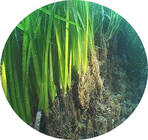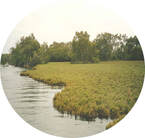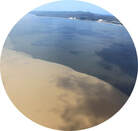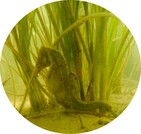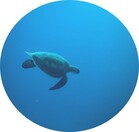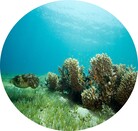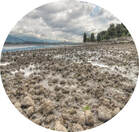The Connolly Lab
The world needs estuaries, coasts and oceans. These environments are home to a rich diversity of organisms and ecosystems that trap and store greenhouse gasses, influence weather patterns, protect against erosion and provide sustainable food sources for our growing population.
Led by Professor Rod Connolly in partnership with researchers at the Global Wetlands Project, the Connolly Lab uses automated monitoring of coastal fisheries, blue carbon, and ecosystem resilience to study, conserve and manage our changing marine spaces.
Led by Professor Rod Connolly in partnership with researchers at the Global Wetlands Project, the Connolly Lab uses automated monitoring of coastal fisheries, blue carbon, and ecosystem resilience to study, conserve and manage our changing marine spaces.
Meet the Team
We have a productive team of research fellows, students and partners in data science, automation and ecology.
News From the Lab
See our latest blog posts, announcements and video content releases.
Publications
Connolly Lab peer-reviewed papers. Select an icon for papers on particular topics:
A Network for Coastal and Marine Conservation
Members of the Connolly Lab form parts of the Global Wetlands Project and Griffith University's Coastal and Marine Research Centre.




